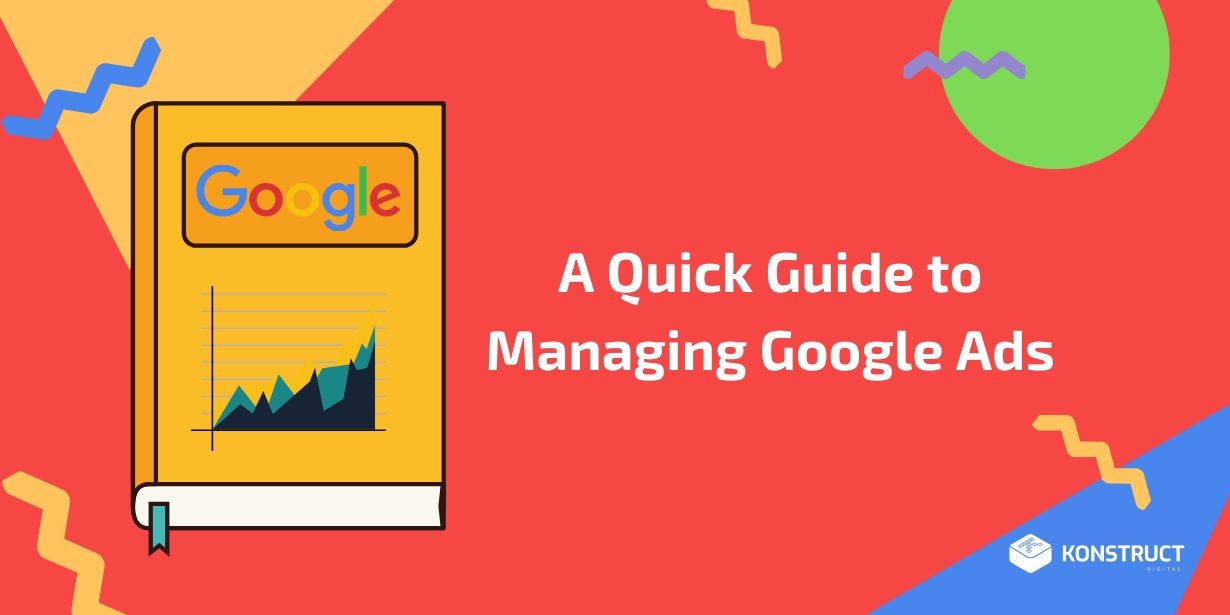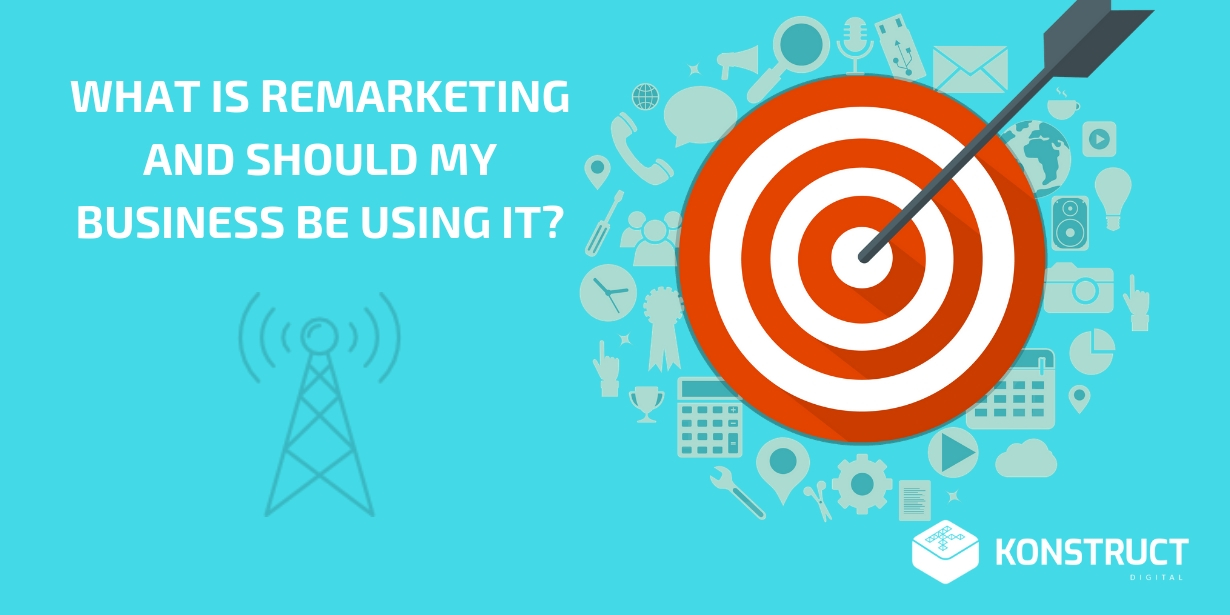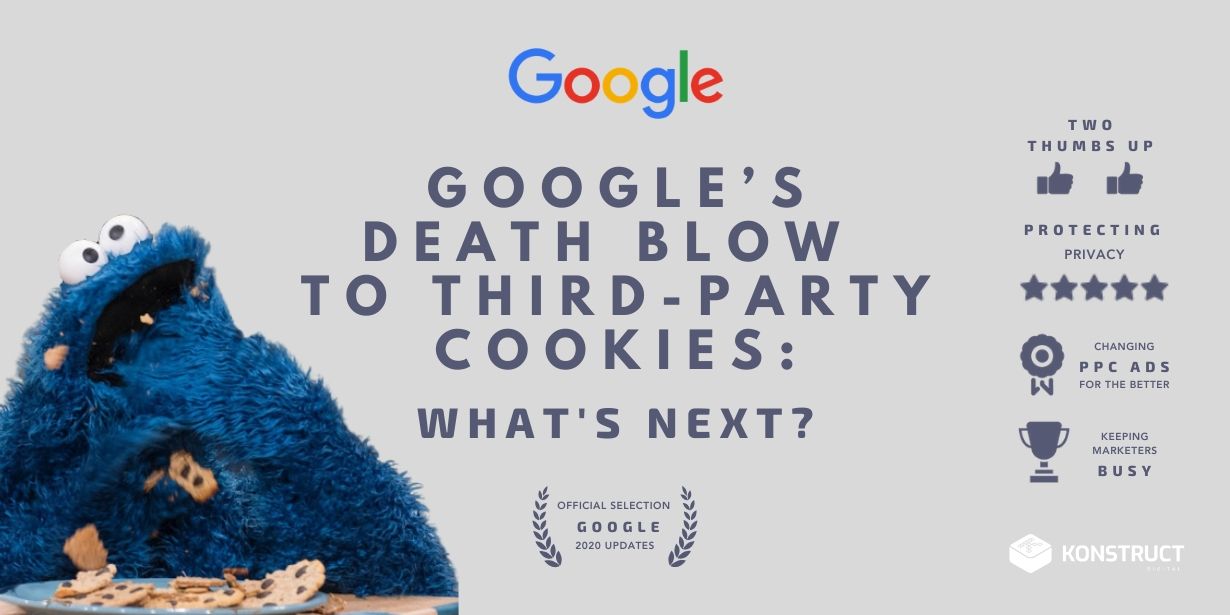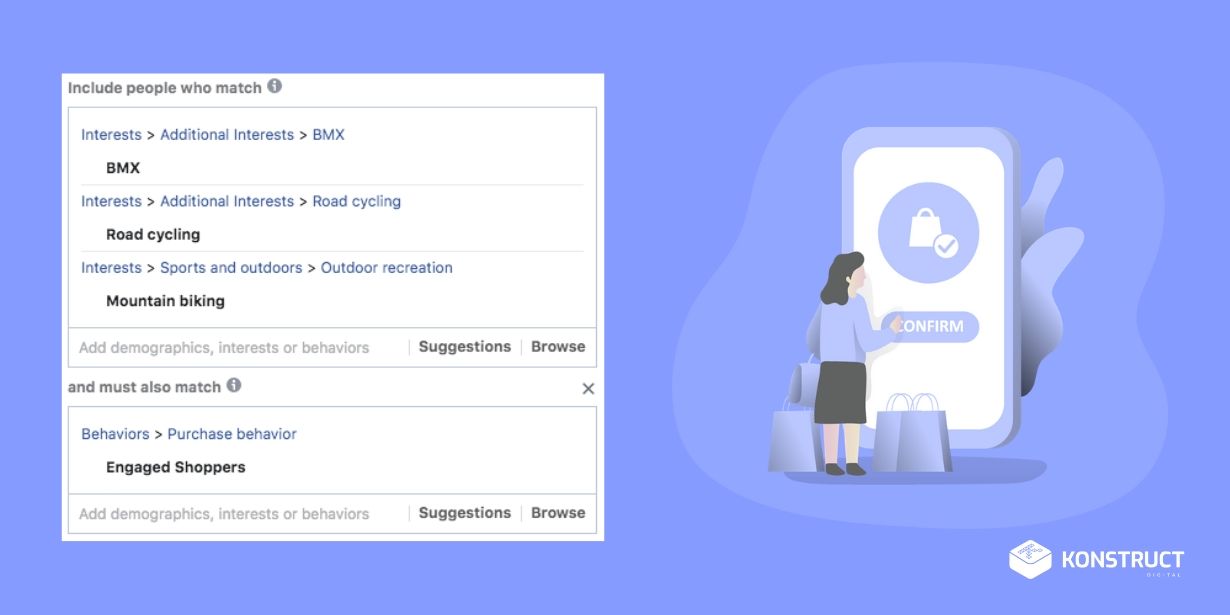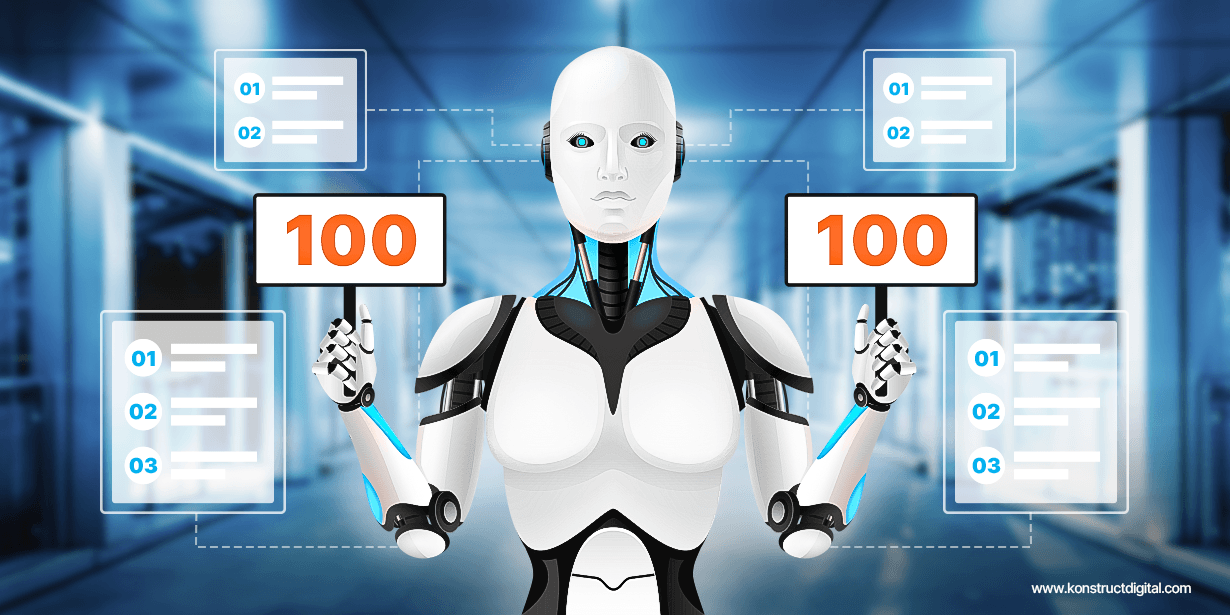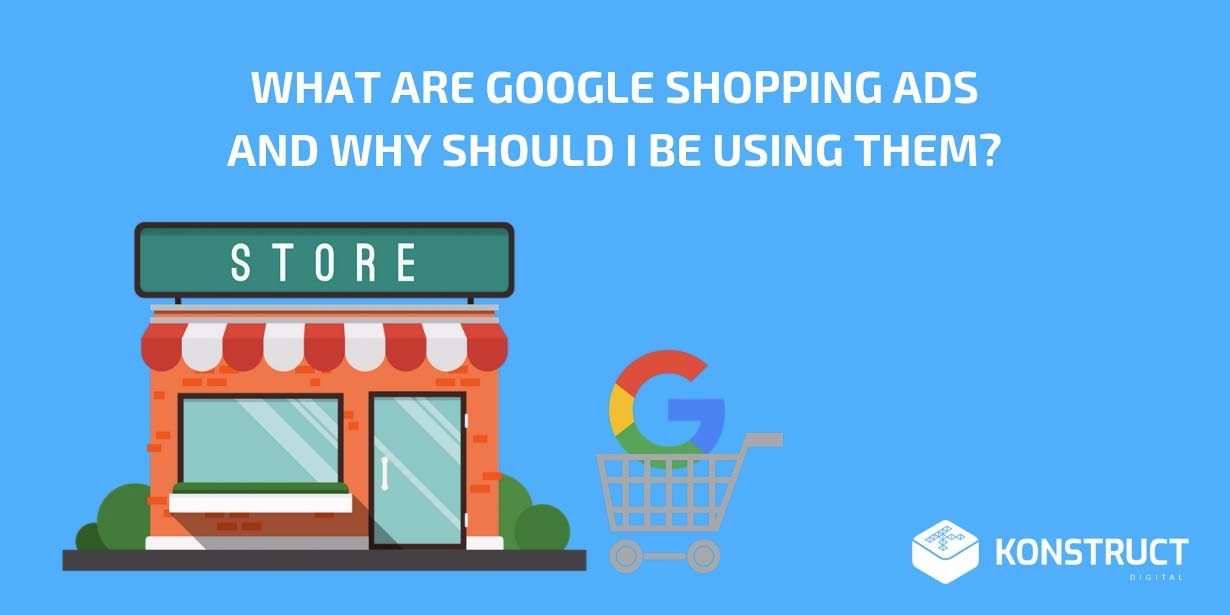If you’ve been around the block with Google or Facebook Ads and are looking to expand into LinkedIn advertising for your B2B business, don’t expect that it’s going to be all smooth sailing from here.
LinkedIn ads are a totally different beast.
But, don’t run away screaming just yet! If done right, LinkedIn advertising could be a great opportunity to expand your brand’s reach and increase your sales!
In this blog post, we’ll break down some “dos” and “don’ts” when creating and running your LinkedIn ads so you’re not left questioning your every move.
But first, let’s talk about LinkedIn advertising as a whole.
A Quick Summary of LinkedIn Advertising
Let’s cut to the chase. LinkedIn can be a phenomenal place for many B2B businesses to:
- Generate leads
- Build brand awareness
- Drive traffic to your site
If that’s what you’re looking to gain from LinkedIn, you’re in a great place!
Now, before we get into our dos and don’ts, there are some key things you need to note about advertising on LinkedIn:
- LinkedIn is a professional social media network–ideal for advertising many B2B businesses (whereas Facebook and Instagram are focused more on people’s personal lives–a great place for B2C companies).
- LinkedIn targets people based on information in their personal profiles, pulling data about where they work, their industry, and their specific position at their job.
- LinkedIn is an EXPENSIVE advertising platform(we dive into this later in the blog post).
- LinkedIn is a great place to target EXACTLY who you want in almost any niche.
- LinkedIn impressions are often much more relevant than what you may see on Facebook.
Now that you have a better understanding of LinkedIn ads and how vital they can be to growing your business, let’s get into the dos and don’ts of LinkedIn advertising.
The Do’s of B2B LinkedIn Advertising
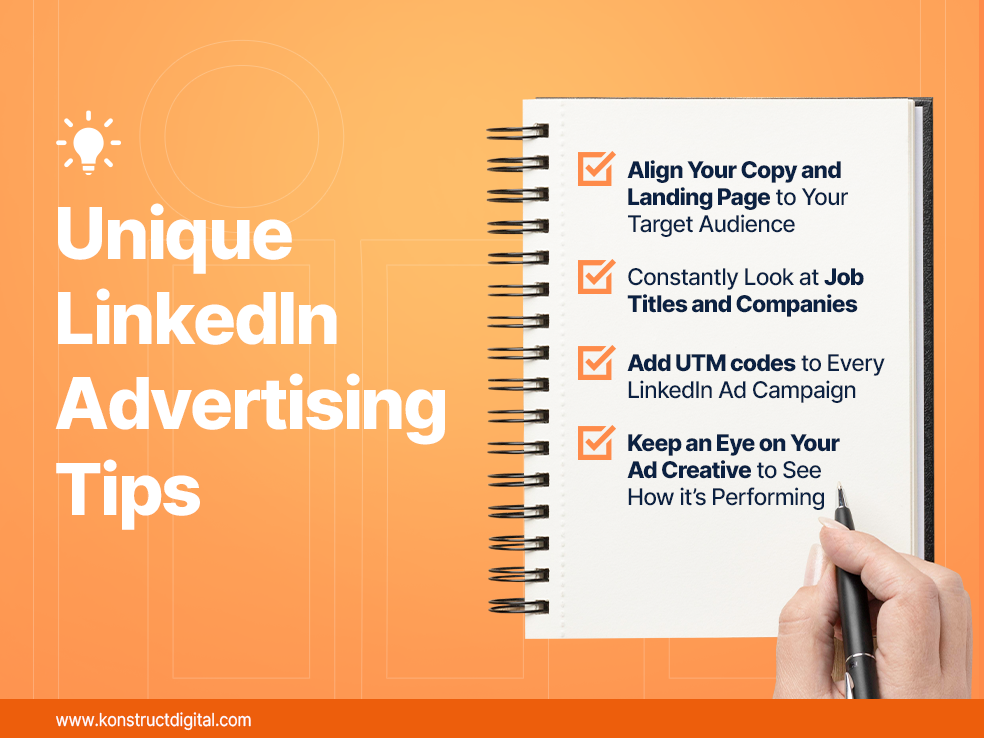
We’ll start off with what you SHOULD DO to create the best B2B LinkedIn ads before listing out all of the things you may be doing wrong…smile now, cry later type of vibe. Here are 6 do’s when advertising a B2B business on LinkedIn.
1. Make Sure You Have a Targeting Strategy in Place
The #1 most important thing when creating a LinkedIn ads strategy is targeting the right people.
For example, if you’re targeting construction companies, are you trying to reach the CEO or the contractor? CEO Joe and Contractor Steve have different pain points at work. If you try to target them both, odds are at least one of them won’t even bat an eye at your ad.
Here are some things to consider when choosing who to target:
- Location
- Workplace
- Industry
- Job title
- Job experience
2. Align Your Copy and Landing Page to Your Target Audience
When creating your sponsored content, ensure the copy really dives into your audience’s specific pain points on BOTH the ad and the landing page that the ad links to.
If someone clicks on your ad and your landing page has entirely different copy with different messaging, they are much more likely to bounce right off of your landing page–which is obviously the opposite of what you want.
Think back to CEO Joe and Contractor Steve. Since they have different pain points, the messaging we want use to capture the attention of each person is going to be different. We’ll likely also want to ensure that CEO Joe receives an ad directed to a different landing page than Contractor Steve to ensure high ad relevancy to our audience.
3. Keep Tabs On Who Your Ads Are Reaching
LinkedIn is extremely useful in helping you target the right people. However, at times LinkedIn makes mistakes, and you end up targeting irrelevant people. For example, if you set up a campaign targeting the construction industry, LinkedIn may deliver your ad to people in the advertising industry or capital markets.
It’s mission-critical that you keep an eye on who your ad is delivering to so you can go back and exclude those audiences.
4. Be Wary About Audience Expansion
When you create your ad, you will see an “Audience Expansion” option in your LinkedIn campaign manager. This is meant to be a “helpful” tool that will, by definition, “increase the reach of your campaign by showing your ads to audiences with similar attributes to your target audience”.
Unfortunately, as helpful as this sounds, it’s important to see the other side of the coin.
LinkedIn will include who they think is relevant to target with your ads, which inevitably opens up the doors too much. You may actually end up targeting people who are irrelevant to your campaign, driving up your ad costs.
For example, if your campaign targets people with the “Marketing Strategy” skill, the audience expansion tool may expand your audience to the “Business Strategy” skill. Although these skills may be similar, they aren’t particularly relevant.
So, audience expansion isn’t necessarily BAD; you just need to be wary about who you’re targeting when you enable the feature.
5. Add UTM Codes to Every LinkedIn Campaign
If you aren’t adding Urchin Tracking Module (UTM) codes to your campaigns, you’re missing out on a great way to track audience behaviour.
UTM codes are snippets of code added to the end of a URL that tracks conversions, website visits, and your overall ROI after a user has clicked off your ad.
Don’t know what a UTM entails? Here are the different elements all LinkedIn ad UTMs should include:
- Source: LinkedIn (or the platform you’re running ads on)
- Campaign: Name of your campaign (you should include your audience and geographic targeting in your name for easy analysis)
- Medium: Cost per click (or however your company refers to this medium, it could be PPC or paid-social)
- Creative: The distinction between the ad creatives you want better information about (e.g. testimonial vs. statistic)
Pro tip: Google Analytics has a great UTM builder that will create your URLs for you!
6. Keep an Eye on Your Ad Creative to See How It’s Performing
If you notice you have a low click-through rate (CTR), it may be because your creative doesn’t resonate with your audience, or it’s simply not compelling enough. Here are some things you can do to make your ads more captivating:
- Ensure your headline is no more than 70 characters
- Feature your USP in the graphic
- If you’re creating a video, ensure it’s no longer than 3 minutes
- Have a solid CTA with actions that speak to the correct audience
- Warm audience: “sign up”
- Cold audience: “learn more”
- Use a mix of human images, illustrations, and gifs
- Choose eye-catching imagery
- Use bold colours
At the end of the day, the most important thing to do when creating graphics is to test and see what works best for your audience. Don’t make the assumption that what works for one audience will work the exact same for another.
Pro tip #2: Statistics are always great at grabbing attention!
The Don’ts of B2B LinkedIn Advertising
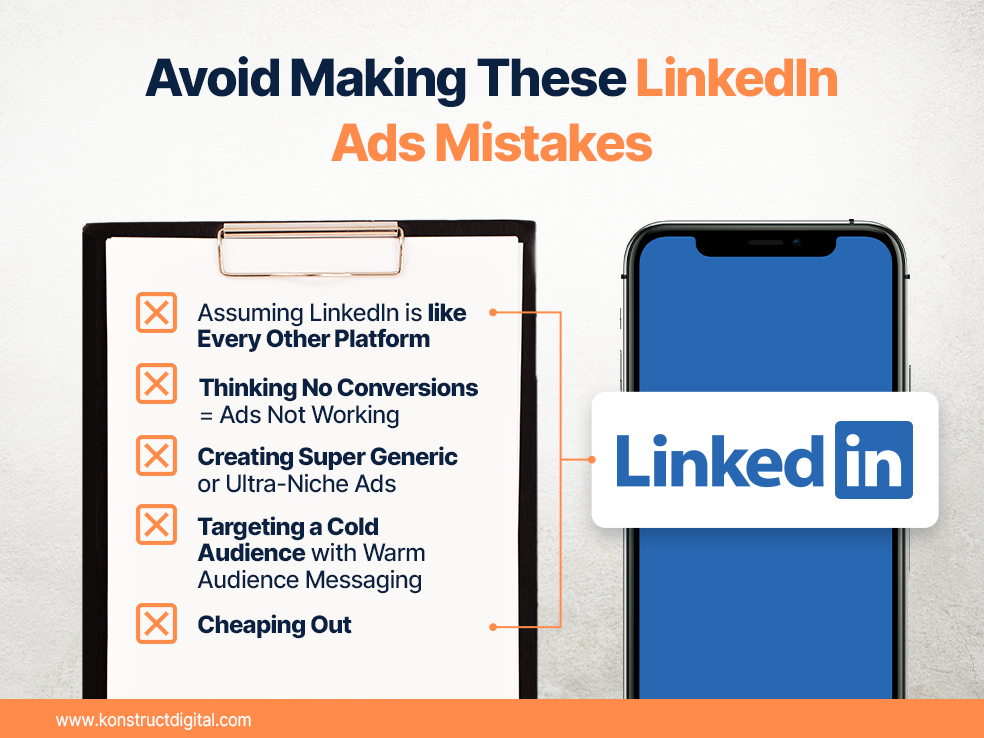
Now that you know what to DO on LinkedIn, here are 6 things you should avoid doing when advertising on LinkedIn.
1. Assume LinkedIn Is Like Every Other Platform
If you’re currently advertising on Facebook and seeing great results, good for you!
However, we hate to break it to you but whatever you’re doing will most likely not work on LinkedIn.
It’s like basketball and hockey; they’re both a sport with the same goal of getting the ball/puck in a net, but with entirely different rules, regulations, and players.
There are three primary differences between Facebook and LinkedIn that will significantly affect how you create your LinkedIn campaigns.
- Costs
We won’t lie; LinkedIn can run your pockets dry if you let it. LinkedIn ads cost quite a bit more than Facebook ads. However, if you’re a B2B business looking to promote your business’s offerings, it’s likely worth paying the extra couple of dollars to target the correct audience.
Below we dive deeper into the difference between these costs–keep reading for more information about average costs!
- Target Audience
As we’ve mentioned 100 times, LinkedIn and Facebook have different types of users who want different things. On Facebook, you’ll find more people there for their personal life, whereas LinkedIn is catered to business professionals looking for something related to their work.
- Setting up a Campaign
Another major difference between Facebook and LinkedIn advertising is the way campaigns are set up and structured. Let’s compare a few of the major differences:
Facebook:
- Campaign level: Here you will choose your objective and you can set a campaign budget (if you would like).
- Ad group level: This is where you set your targeting–you can have multiple campaign groups so you can run/test different audiences in one campaign. At this level, you can also set your budgets (if you did not do so at the campaign level).
- Ads: Here you will set up your different ad creative. You can create multiple ads and they can all be different ad types.
LinkedIn:
- Campaign level: Here you will choose your campaign objective, set your targeting and budgets.
- Ads: Here you will set up your different ad creative. You can create multiple ads, but they all need to be the same ad type.
Although it may not seem like a big deal, the way these platforms allow you to set up ads is significantly different and can change your campaign strategy.
2. Assume No Conversions = Ads Not Working
Having no conversions doesn’t mean people aren’t seeing your ad. LinkedIn is very top-of-the-funnel (TOFU), meaning you’re typically targeting users who may not want or need what you’re offering currently.
Think of your initial targeted ad as a little seed you’re planting in your audience’s brain. Then, when you target the same audience in your next ad, they are familiar with your brand and think, “I’ve heard of them before,” and the seed begins to grow.
It’s important to note that your audience may not need your product/service at the moment they see your ad, but maybe their contracts are ending, or they’re beginning to see what is out there, or perhaps they know someone who’s looking for a product/service that you’re offering and they are passing on your info to them.
So, next time you don’t see conversions on your LinkedIn ads, don’t start questioning everything you know about ads and jump off your work building into a bouncing castle like you’re Micheal Scott in The Office.
Just understand that your audience likely saw your ad, and they just aren’t at a place in time where they can convert
3. Go Too Broad OR Too Niche with Your Targeting
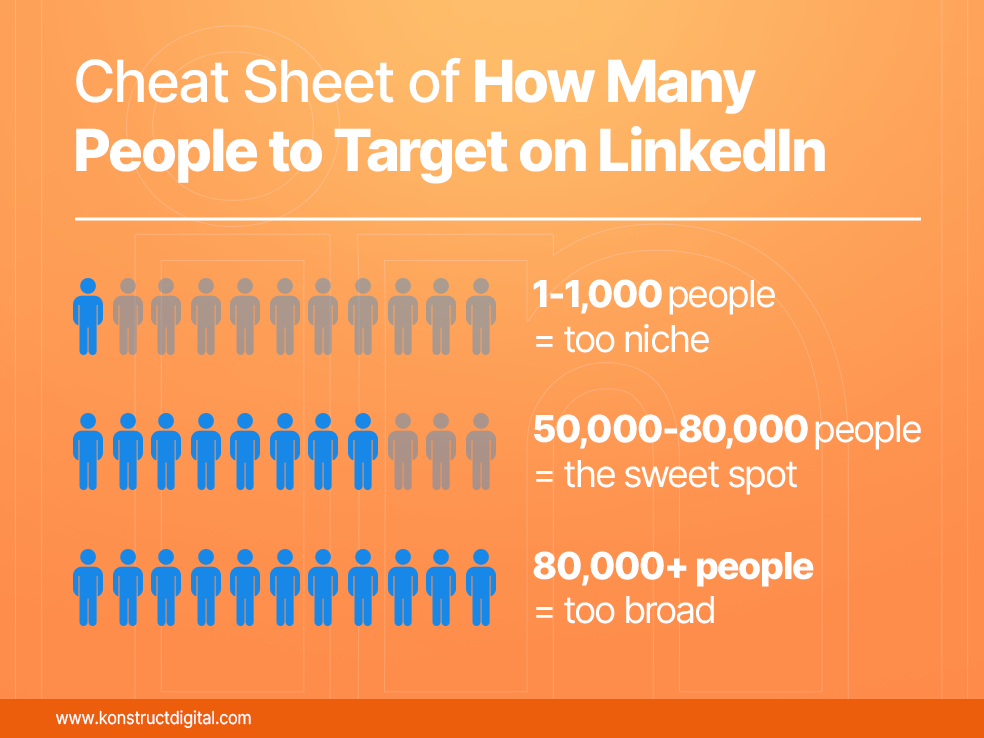
After you read that heading, you were probably like, “well, what do I do then, Alicia?”. To that, I say somewhere right in the middle!
If you go too niche, LinkedIn may not be able to match your campaign to the correct audience. Or worse, your ad will deliver to the same audience repeatedly. This high frequency means people will stop paying attention to your ad!
On the other hand, if you try to deliver your ad to too many people, then you may not reach the correct audience at all.
The moral of the story is going too niche or too broad can be a waste of time, money, and campaign efforts!
Pro tip #3: If you are trying to target 80,000+ people, and can’t cut it down, separate your ads into multiple campaigns!
4. Target a Cold Audience with Warm Audience Messaging
Just like you wouldn’t throw a junior high basketball player on an NBA team, you shouldn’t target a cold audience with warm messaging—they aren’t ready yet!
If someone has never heard of you before (your cold audience), they are much less likely to “sign up” or “purchase” a product from you.
When you’re targeting cold audiences, you must build the relationship from the ground up. Just like you wouldn’t ask someone to marry you on the first date, you shouldn’t hit your cold audience with aggressive sales language.
Instead, find cold actions that will create that fundamental relationship. So, rather than “sign up” or “purchase now”, try:
- “Learn more”
- “Download an ebook”
- “Read our case study”
5. Cheap Out
Again, if you’re used to running ads on Facebook and just getting into LinkedIn, you’re in for a costly treat!
The good news is you can set your budget to ensure it never goes higher than you can afford. The bad news is LinkedIn can be quite pricey compared to Facebook.
Here are some stats on the average cost of advertising on LinkedIn:
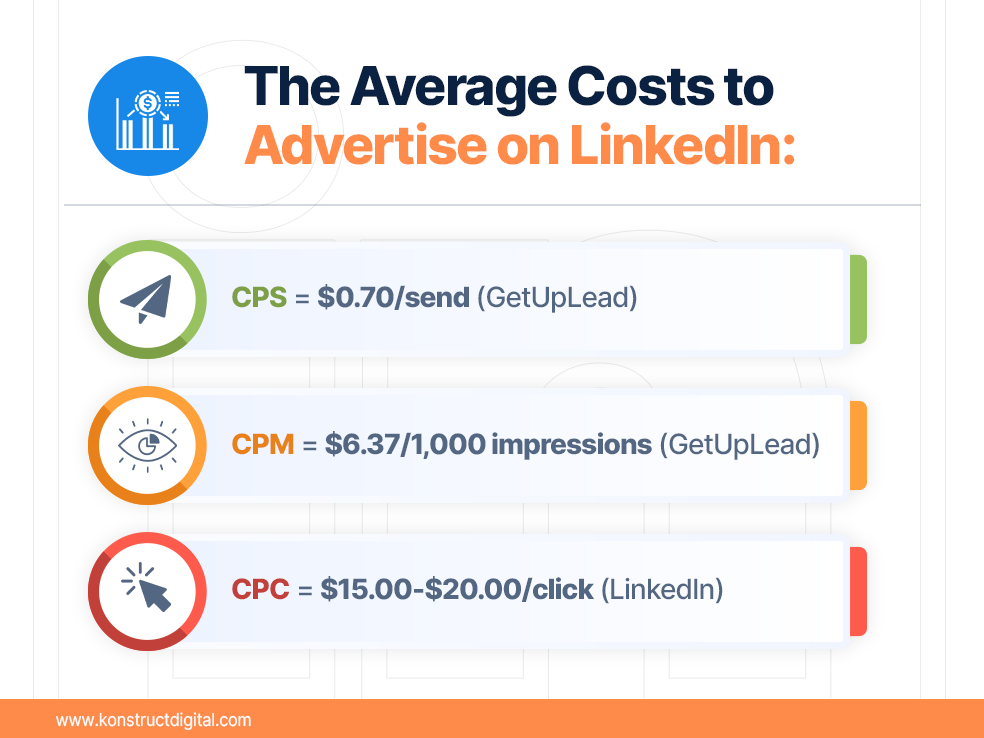
However, if you’re a B2B business owner, it’s CRUCIAL to know that even if you pay less per click, it doesn’t mean you’ll generate more high-value leads.
Truthfully, you may decrease lead generation on FB vs. LinkedIn.
That’s because your audience is likely on LinkedIn and is in more of a conversion mindset than the meme-sharing mindset that they’d be in on Facebook.
Don’t cheap out because you think cheaper is better. Cheaper is only better if you’re grocery shopping in a recession.
While we’re on the subject of LinkedIn ad costs, we’ve written a whole blog on Facebook advertising costs that you may want to read for reference!
6. Be Afraid to Test Different Ad Types
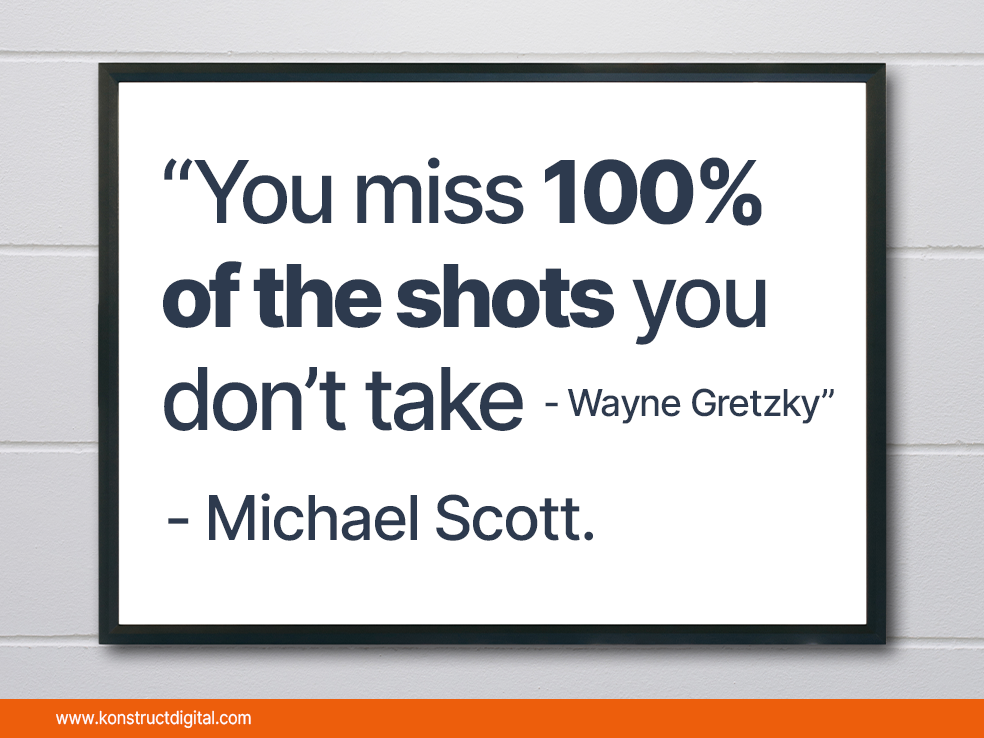
This quote (from a very trustworthy source) is oddly very relevant to this point!
Being afraid to test or try different ad types will only set you back further.
We know when you’re deciding what ad type is best for your campaign, you typically pick the best ad type based on your audience, goals, and budget. However, that doesn’t mean you can’t test how the different ad types affect your audience’s response.
For example, if you’re always posting standard single images and you step out of your comfort zone and create a carousel ad campaign, you may notice a significant change in engagement rates. And if you don’t, at least you know you’re not missing out on a great opportunity.
How Konstruct Can Help You Create Successful B2B LinkedIn Campaigns
When it comes to creating a LinkedIn ad campaign for B2B businesses, no one has the technical knowledge or experience like our PPC team. We’re like Michael Jordan—the GOAT.
We take the time to really understand your campaign goals so we can get in the minds of your audience and create ads with the highest possible conversion rates. We don’t just want your audience to see your ad; we want it to spark something in them that makes them click and get in touch with you.
Reach out today to get a free comprehensive deep dive from our most experienced marketing experts! We promise you won’t regret hearing what we have to say, whether we work together in the short term, the long term, or not at all.



